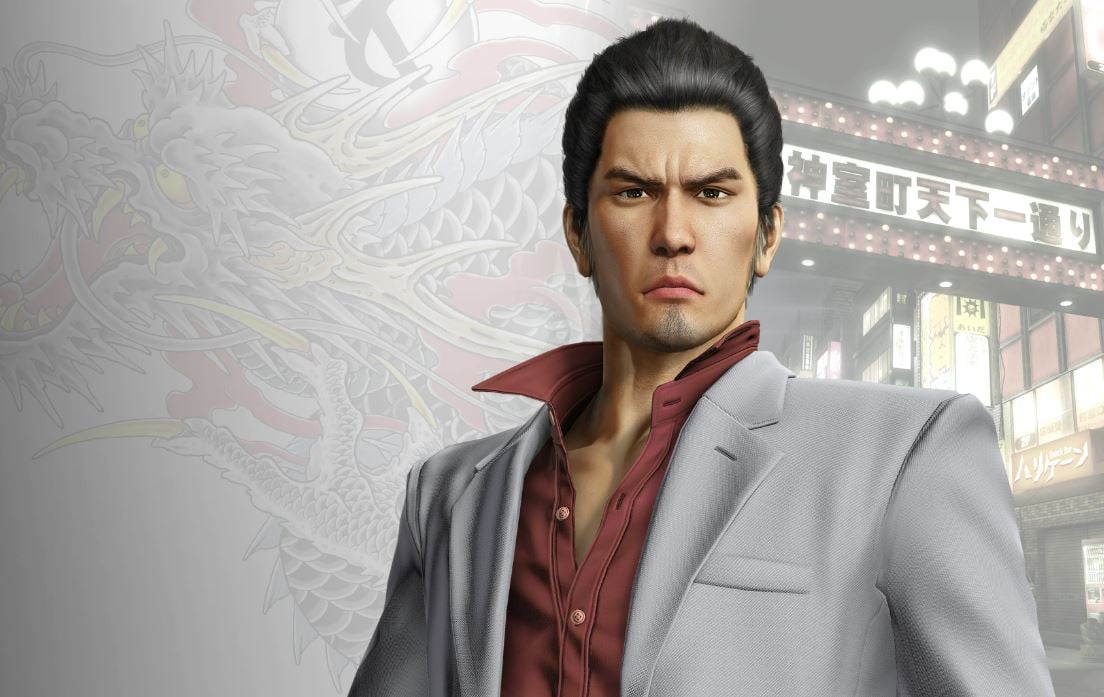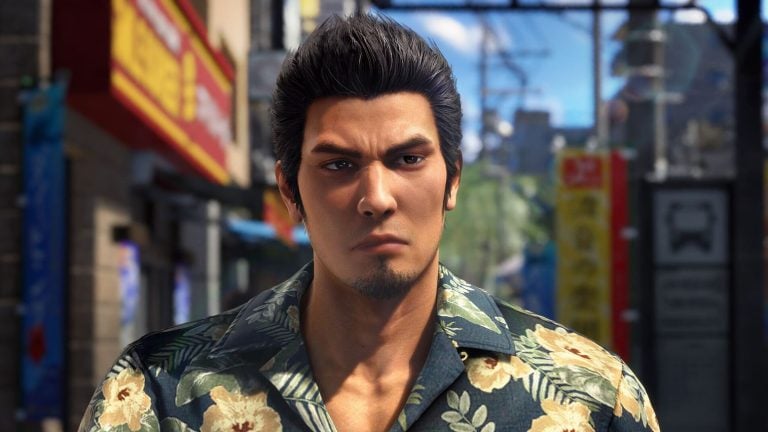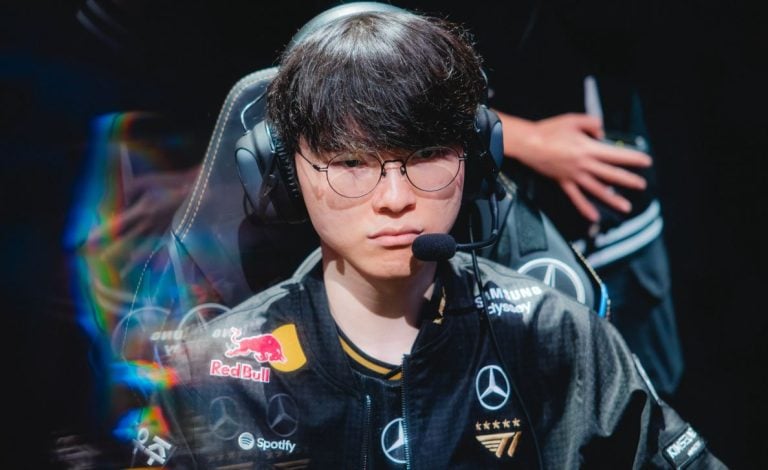Former chief creative officer of Sega and creator of the Like a Dragon series Toshihiro Nagoshi recently appeared as a guest on the live documentary show Weekly Ochiai. The game creator revealed interesting details about the hurdles he faced to get the first Yakuza game approved and released.
Counting 23 entries to date, The Like a Dragon series has become an internationally recognized IP, accumulating over 21.3 million worldwide sales since its debut in 2015. However, the adult-themed series was initially perceived as an unprofitable idea and took a lot of “forceful” pushes to get approved.
Commenting on how the first Like a Dragon game (known as Yakuza in the West), came to be, Nagoshi explains the game industry’s atmosphere at the time. Japanese games had reached the point where they no longer dominated worldwide top-seller rankings, and American and European games were growing increasingly more prominent. Game companies, including Sega, were having a hard time producing big sellers.

“This led to a mindset of making games that would appeal to the masses, games that could sell anywhere and to anyone. Many producers, including myself, thought this way,” Nagoshi comments.
“But this mindset wasn’t really leading to a solution, and I saw many game proposals gradually become watered down as producers bended over to change things the way management instructed them to.” Watching this happen is what made Nagoshi question himself. “This is where everything started,” he says.
When asked about how Sega reacted to the first proposal for Yakuza, Nagoshi says, “Of course, it was flat out rejected. After all, it was completely contrary to what I mentioned earlier about attracting the masses. Children wouldn’t be able to play it, and it wasn’t catered to women nor overseas audiences. In this sense, there was no way for it to be approved without resistance.”
However, Nagoshi did not give up even after being shot down. He believed that even though Yakuza did not cater to the masses, it could still reap commercial success from its strong identity. At the same time, the creator was struggling to find a way to prove this to Sega management, as there had been no precedent.
In the end, it took at least three tries to get Yakuza approved, and Nagoshi even notes that the game’s approval was not achieved through regular routes and was “quite forceful.”

Another challenge Nagoshi was faced with in creating Yakuza was aligning his vision with the development team. Although the game included violent themes, he did not want it to be a game that affirms violence. “I wanted it to be a game that makes you want to do your best to live another day. I remember reminding people of this frequently.”
Ultimately, Yakuza succeeded in becoming a hit, selling around a million copies (with the push of a very affordable low-price edition soon after the game’s release). Asked why a sequel to Yakuza was released so quickly (Yakuza 2 came out the next year), Nagoshi explains that despite the first game being a hit, the team had concerns about it being a passing trend and decided it would be best to ride the wave till it lasted. Thus, the Like a Dragon series was born.
For more behind-the-scenes info about Like a Dragon, check out our article about the bizarre arguments Nagoshi went through while fighting for freedom of expression.





